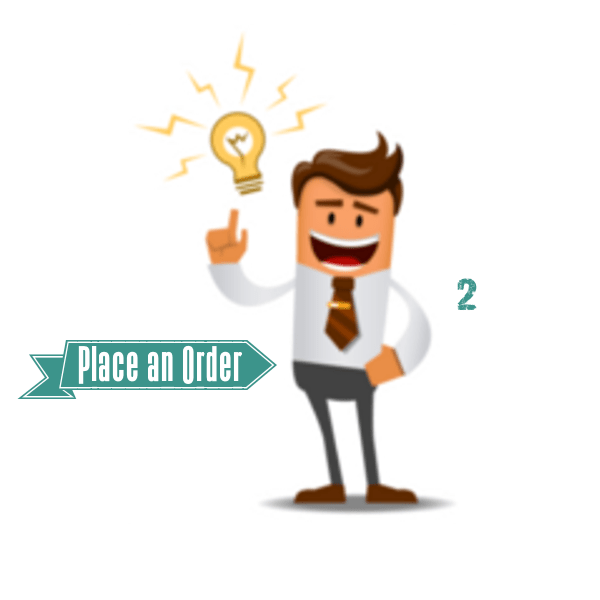BEHAVIORAL ECONOMICS
Question 1. (25%)
Albert and Beth are looking at a new camera at a store that oers a no-questions-asked return policy. They are not sure the new features are worth it. Albert decides to take one home, thinking that he can always return it tomorrow. Beth decides against taking one home, thinking that she can always come back and pick one up tomorrow. They are both loss averse over cameras, with the same value function over cameras:
v(x) = x for gains
v(x) = 2x for losses
They both use their endowments as their reference points. Ignore any transaction costs.
1. After Albert has taken his camera home, he incorporates it into his endowment. How much of a loss in utility would he incur by returning it tomorrow?
2. Beth, who does not take her camera home, does not incorporate it into her endowment. How much of a foregone gain in utility does the camera she does not own represent to her?
3. Who is more likely to end up the owner of the camera, Albert or Beth?
4. Does this help to explain why stores are willing to oer the no-questions-asked return policy despite the potential costs on repackaging and refurbishment?
BEHAVIORAL ECONOMICS
Question 2. (25%)
Sam’s preferences over cake, c, and money, m, can be represented by the utility function u (c;m) = c + 4m + (c ???? rc) + 4 (m ???? rm) 1 where rc is his cake reference point, rm is his money reference point, and the function () is denned as (z) = 8< : z z 0 3z z < 0 : 1. If his reference point is the status quo (that is, his initial endowment), what is the maximum price Sam would be willing to pay to buy a cake? (Hint: use the indierence condition that Sam’s utility does not change after gaining a cake and losing his willingness-to pay.)
2. If his reference point is the status quo, what is the minimum price Sam would be willing to accept to sell a cake he already owned?
3. If his reference point is the status quo, what is the minimum amount of money Sam would be willing to accept instead of receiving a cake (that he did not already own)? In other words, if Sam were a chooser,” how much money would he demand to compensate for not accepting a cake?
4. Use the concepts we discussed in class to explain your answers to Questions 2.1, 2.2, and 2.3.


